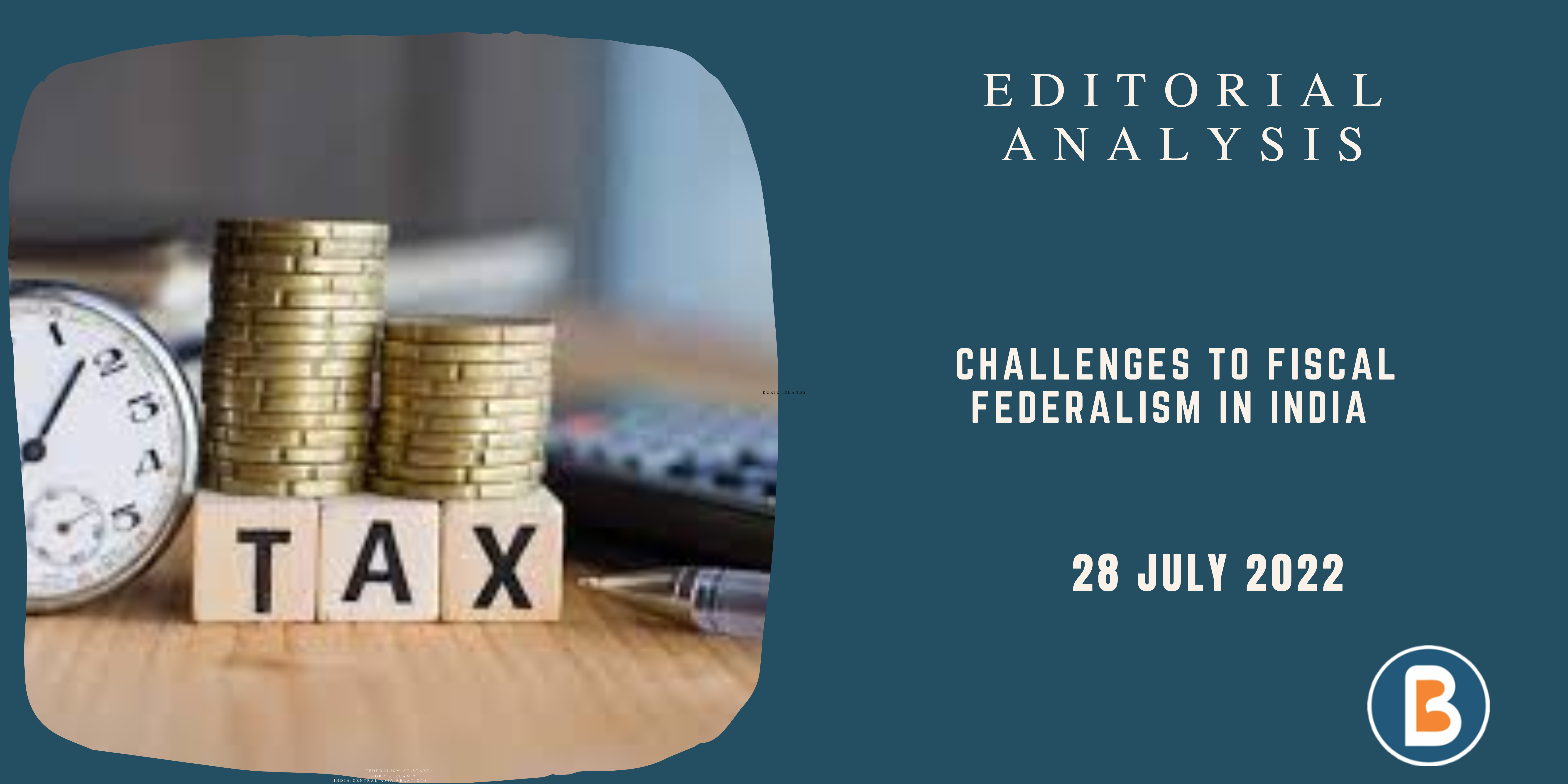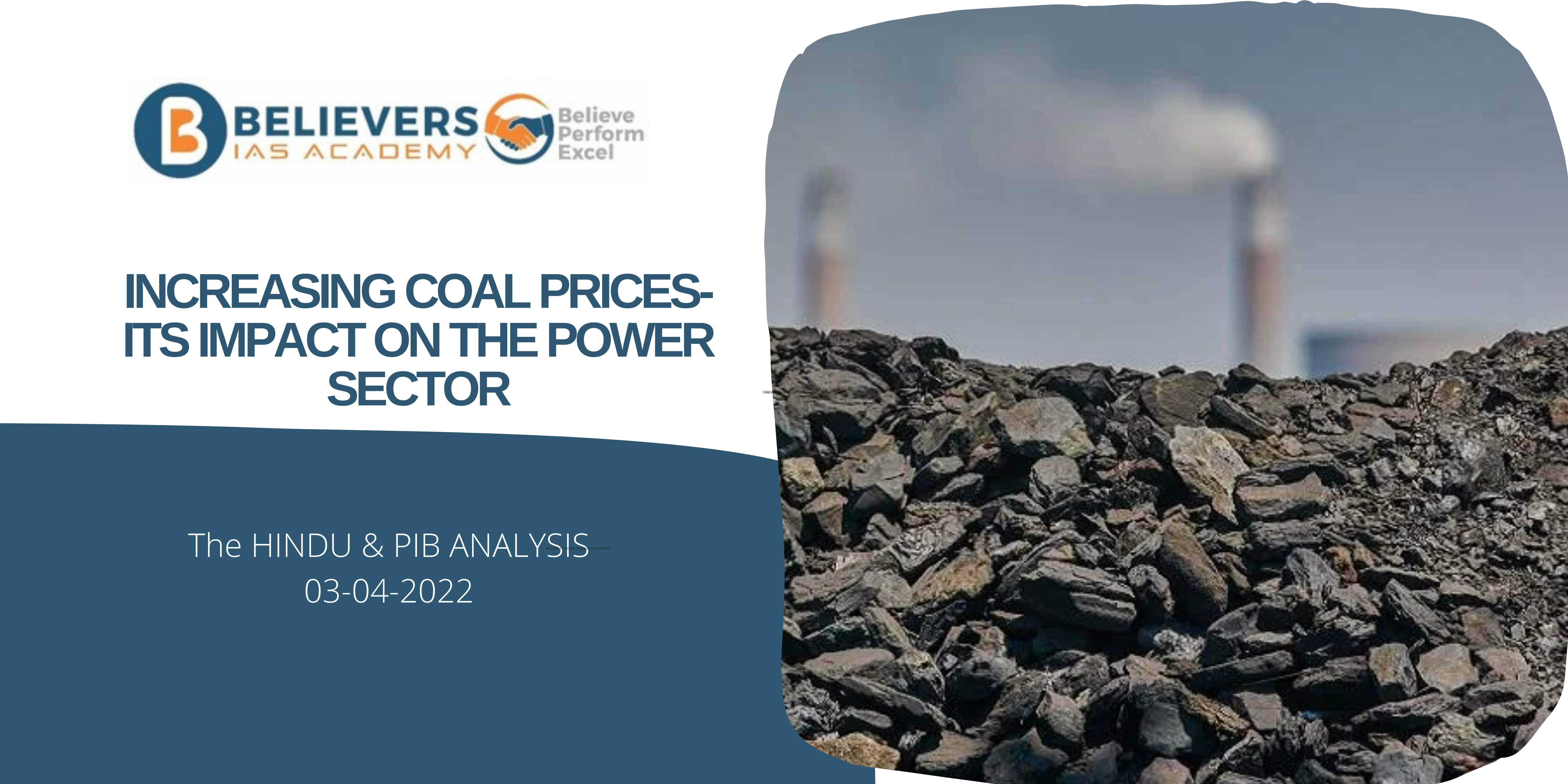India’s FDI Inflow
Context:
• India has recorded highest ever annual FDI inflow of USD 83.57 billion in the Financial Year 2021-22. In 2014-2015, FDI inflow in India stood at mere 45.15 USD billion as compared to the highest ever annual FDI inflow of USD 83.57 billion reported during the financial year 2021-22.

What is the difference between FDI & FPI?
• The fundamental difference between Foreign direct investment and Foreign Portfolio Investment is that in the former the company or a firm or an individual invests in a country on their businesses and in the portfolio investment, the investments are made in securities or other financial assets.
• Usually FDI is more preferred compared to portfolio investment because the former is less volatile.
• But an advantage of FPI is that, it can be made by even small investors whereas FDI is usually done by large investors.
• One more basic difference is that the FDI investors acquire more control over the day to day operations compared to FPI.
About India’s FDI Inflow:
• Foreign Direct Investment has been constantly increasing annually whereas there has been heavy selling of FPIs in recent times.
• The total FDI for the fiscal year 2022 stood at $83.6 billion compared to $ 82 billion in the previous year.
• The FDI inflow for the year 2022 was majorly made into services and manufacturing sector.
• India’s overall FDI put together stands at whopping $570 billion as of 2022.
• The increasing FDI inflow indicates that India is in a good position in the long term as an investment destination.
• India has a huge potential in different sectors namely IT, Finance, Automobiles, Pharmaceuticals, telecommunication, etc..
Way Forward:
• FPIs have been withdrawing in recent times and along with it inflation which is sparked amidst the crisis in Ukraine has posed several challenges to economies around the world.
• India’s forex reserves which has stood at around $642 billion has come down to around $570 billion now.
• So, India needs to be cautious in taking any policy decisions which might affect international investments.
Source: THE HINDU.
For more update, click here to join our telegram channel




